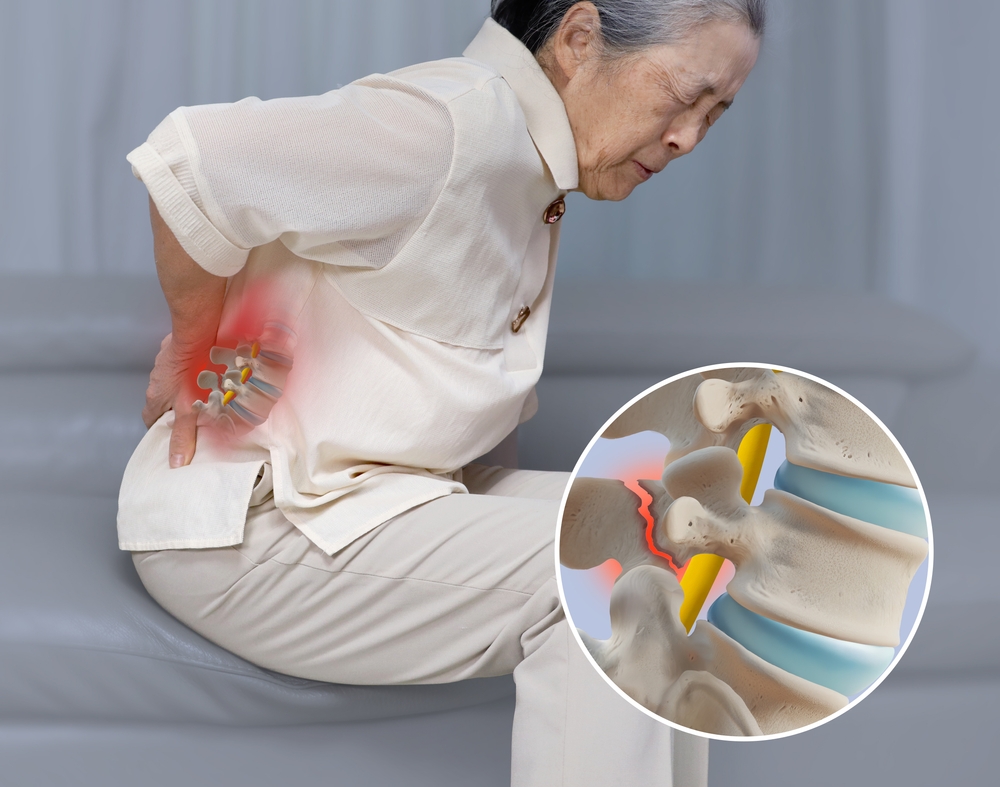
Spondylolysis: The Precursor to Spondylolisthesis
Spondylolysis and spondylolisthesis are often used interchangeably, but they represent distinct stages of a spinal condition. While they are interconnected, understanding the difference is crucial for effective management and treatment.
What is Spondylolysis?
Spondylolysis refers to a stress fracture in the pars interarticularis, a specific part of the vertebra. This narrow bridge of bone connects the front and back portions of the vertebra. When this part fractures, it creates a weak point in the spinal structure.
This condition is most commonly found in the lower lumbar spine, specifically at the L5 vertebra. It often develops in young, active individuals involved in sports or activities that place repetitive stress on the spine, such as gymnastics, football or weightlifting.
The Progression to Spondylolisthesis
If left untreated or if the stress on the spine continues, spondylolysis can progress to spondylolisthesis. This occurs when the weakened vertebra slips forward onto the vertebra below it. The degree of slippage can vary widely, ranging from mild to severe.
Symptoms of Spondylolysis and Spondylolisthesis
Symptoms can vary depending on the severity of the condition and whether there is nerve compression. Common symptoms include:
- Lower back pain: This is often the first noticeable symptom, and it may worsen with activity.
- Stiffness: Reduced flexibility in the lower back.
- Leg pain or numbness: If the slipped vertebra compresses a nerve, symptoms can radiate down the leg, similar to sciatica.
In severe cases, individuals may experience:
- Difficulty walking or standing
- Muscle weakness
- Loss of bowel or bladder control (in rare cases)
It’s important to note that not everyone with spondylolysis will develop spondylolisthesis, and some people with spondylolisthesis may experience minimal or no symptoms.
Treatment Options
Treatment for spondylolysis and spondylolisthesis depends on the severity of symptoms and the extent of the vertebral slippage. Options include:
- Conservative Treatment: Rest, physical therapy, pain medication and bracing.
- Surgical Intervention: In severe cases or when conservative treatments fail, surgery may be necessary to stabilize the spine and relieve pressure on nerves.
Early intervention can often prevent the progression of spondylolysis to spondylolisthesis and manage symptoms effectively. When you visit Atlantic Spine Specialists, you can be confident that you will be personally treated by Dr. Giordano or Dr. Nachwalter. Both doctors are fellowship-trained spine specialists with extensive experience diagnosing and treating a wide range of spinal conditions. Our surgeons treat many spinal problems in addition to the ones listed. Contact us today to schedule a consultation at 973.971.3500.